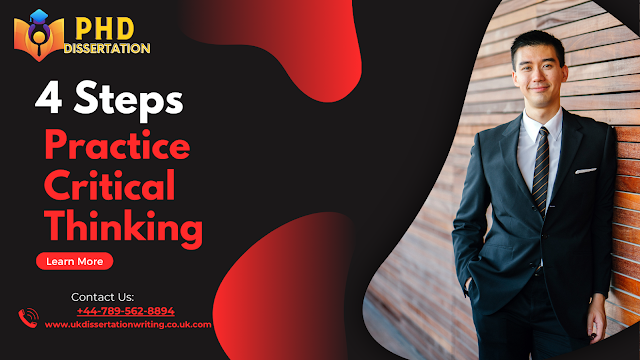It may take some time to practice critical thinking, and it's not too late to start. It's also a skill that no one practices 24/7. The Critical Thinking Foundation suggests that practicing the following four steps will help you become a critical thinker.
01 of 04
Ask questions
Steps to critical thinking and a plan for success
Creative Idea/Digital Vision Vision/Getty Images
Critical thinkers begin by asking questions about everything that is in front of them. They consider cause and effect. If this, then what? If so, how does the result differ? They realize that every action has a consequence, and they think about all the possible consequences of decisions before they make them. Asking questions helps this process.
ad
Be curious , about everything.
02 of 04
Request information
Jack Hollingsworth interview Photodisc GettyImages 200325177 001
Jack Hollingsworth - Photodisc - GettyImages-200325177-001
Once you have asked each question, you can come up with a problem (it helps to write it down), find information that will help you answer those questions. Investigation! Do some research . You can learn almost anything on the Internet , but it's not the only place you can do your research. Interview people. I'm a big fan of polling. Ask the experts around you. Gather different information and opinions that you can use to make your own decision. The greater the variety, the better. more than "
03 of 04
Analyze with an open mind
Thinking Hero Pictures GettyImages 468773931
Hero Images - GettyImages-468773931
You have a pile of information, now it's time to analyze it all with an open mind. This is the most challenging part, in my opinion. It can be difficult to recognize the filters that were instilled in us from our first families. We take our environments, the ways we were treated as children, the role models we have throughout our lives, and the opportunities we said yes or no , from the sum of all our experiences. .
Try to be as aware as possible of these filters and biases and turn them off. Question everything during this step. Are you objective? Do you guess? Assuming anything? This is a time to consider each idea as much as possible. Did you know that this is true at all? What are the facts? Have you thought about the situation from each different point of view?
Be prepared to be surprised by how often we all jump to conclusions that are not arrived at through critical thinking. more than "
04 of 04
Communicate solutions
Study set by Dougal Waters Getty Images
Dougal Waters - Getty Images
Critical thinkers are more interested in solutions than blaming, complaining, or gossiping. Once you have reached a conclusion through critical thinking, it is time to communicate and implement the solution if requested. This is a time for compassion, empathy, and diplomacy. Not everyone involved will think about the situation as critically as you have. It's your job to understand this and provide solutions in a way that everyone understands.
Learn more about critical thinking in the Critical Thinking Community. They have a lot of resources online and for purchase.

.jpeg)

.jpeg)
.jpeg)
